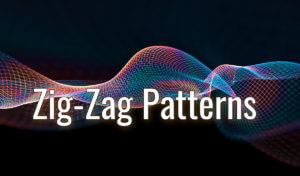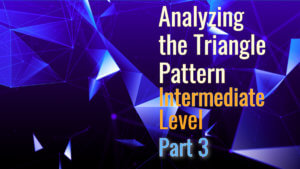To think about a scientific and objective method to analyze and forecast using the Elliott Wave Theory could sound impossible. However, Glenn Neely was the first one to develop it. This educational article is the first part of a series dedicated to exposing his contribution towards the Wave Analysis.
The Background
The Elliott Wave Principle is part of nature and can be applied to the financial markets as a socio-economic phenomenon. The result of this application is a graphic representation of mass psychology.
The interaction of different market participants reflects prices into identifiable patterns. These patterns tend to repeat across time and allow us to foresee the most likely next movement of the market.
In financial markets, the price does not have an absolute top or bottom. The application of the Elliott Wave can help to determine the time and price where a trend could start or end. The study and analysis of specific patterns or price structures support this analysis once formation ends.
Why the Wave Theory?
The comprehension of the psychology of the masses allows the trader to participate in any financial market. For example, stock markets, commodities, currency market, among others.
Compared with traditional technical analysis, the wave theory is based on the perspective of price behavior over time, not on the identification of a specific pattern, for example, a head and shoulders pattern, double or triple top or bottom, etc.
It should be noted that the wave theory is adaptable over time. Further, although wave patterns repeat over time, there are not two markets that make the same move at the same magnitude.
Pros and Cons
- Panoramic overview, Wave theory knowledge provides an overview of the market and what should be the most probable next path.
- To know the psychology of masses and the wave structures allows us to understand the market expectations. Further, it will enable us to identify the phenomena as fear and euphoria.
- Complexity, the wave theory is probably the most complex method of analysis in its understanding.
- Flexible mentality, the wave analysis requires to detach from the mass opinion, and comprehend what stage runs the market.
- Time available to study and apply this method.
- Indetermination when a price structure is incomplete. However, once the wave pattern is complete, the structure and the potential next move is clear.
Conclusions
The wave theory is a complete method that can represent the psychology of masses in identifiable patterns. This method provides a comprehensive perspective of the market situation and the most likely next move.
The difficulty in the application of wave theory requires not only to learn the basic concepts. It also is fundamental to develop the capacity of abstraction to visualize the movements in progress. This capability increases across time and continuous study of different markets and conditions.





